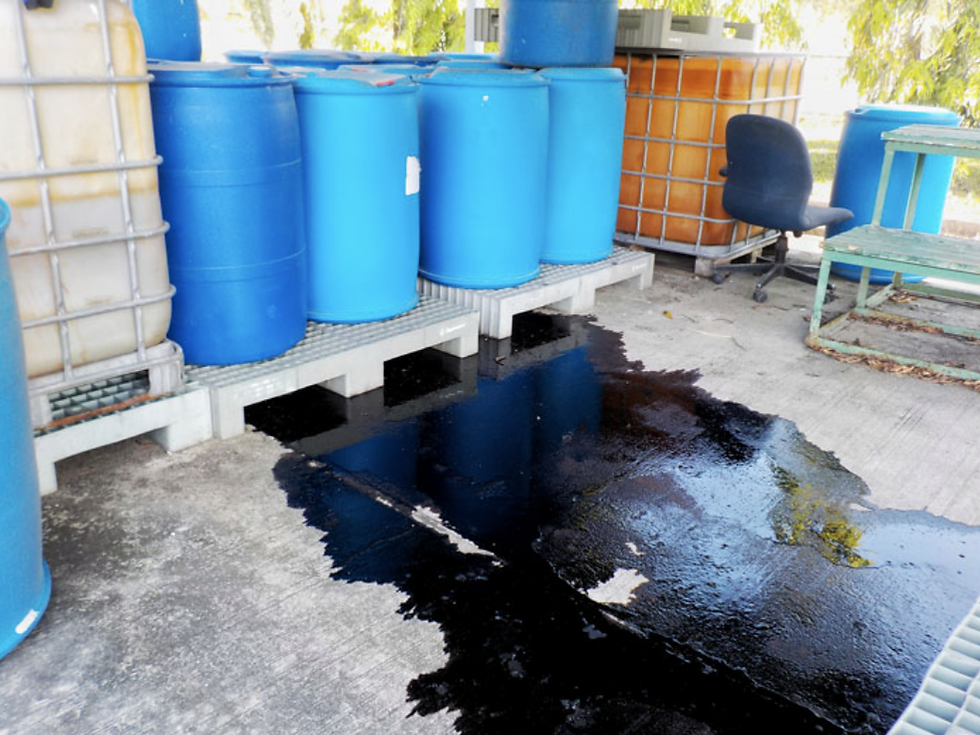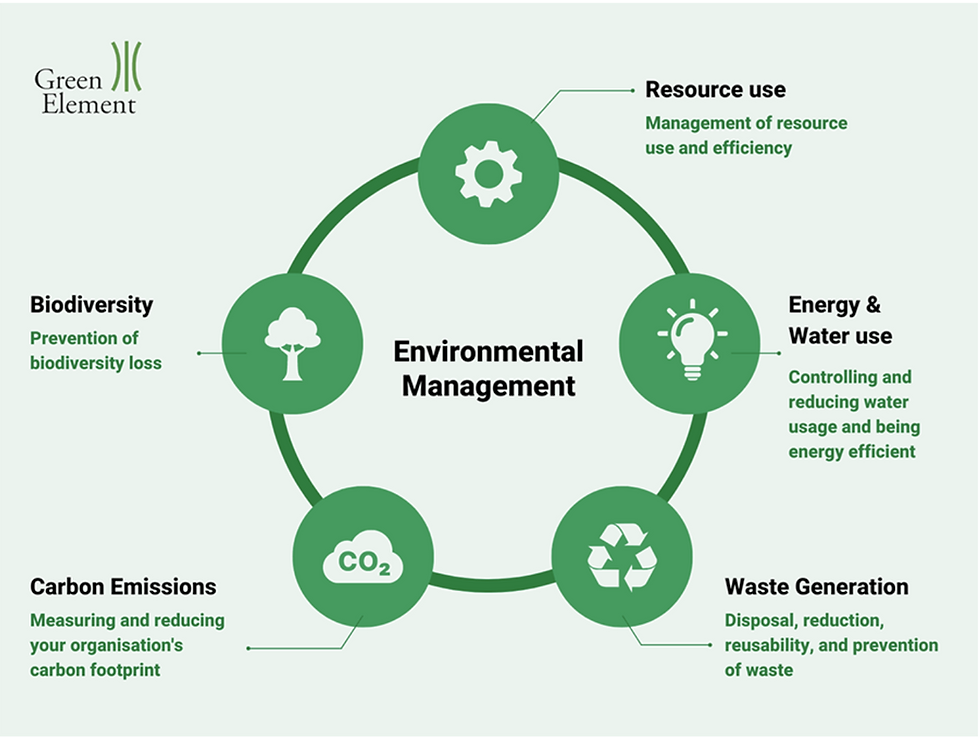Protecting pregnant workers and new mothers
- Dorset Health and Safety

- Jun 9, 2022
- 4 min read

1. Overview
This blog explains how employers should manage the health and safety of pregnant workers and new mothers.
Employers are responsible for providing a safe working environment while effectively managing risks to the health and safety of all workers, including women of a childbearing age.
You must carry out an individual risk assessment for pregnant workers and new mothers. This applies to workers who:
are pregnant
have given birth in the last 6 months, or
are currently breastfeeding
Some working conditions and processes can potentially harm them and/or their child so you must assess and control the risks posed in each case.
This guidance applies to all new and expectant mothers. It’s important for employers to support them all equally. The legal protections outlined also apply to some transgender men, non-binary people and people with variations in sex characteristics, or who are intersex.
When a worker tells you they are pregnant
Once your worker has informed you in writing, you must complete an individual risk assessment and make any necessary changes to support them.
Gig economy, agency or temporary workers
If you employ gig economy, agency or temporary workers who are pregnant workers or new mothers, you will have duties under health and safety law. For health and safety purposes, they should be treated no differently to other workers.
Advice aimed at workers
We have separate advice for pregnant workers and new mothers themselves.
2. Risk assessment for pregnant workers and new mothers
You must, by law, assess the risks to women of childbearing age as part of your general workplace risk assessment.
You must also carry out an individual risk assessment, that covers your worker’s specific needs, when they have informed you in writing that they:
are pregnant
are breastfeeding, or
have given birth in the last 6 months
Complete an individual risk assessment for your worker
When you have been informed in writing, you must complete an individual risk assessment for them.
Review your existing general risk management and controls for pregnant workers and new mothers
Talk to them to see if there are any conditions or circumstances with their pregnancy that could affect their work
Discuss any concerns they have about how their work could affect their pregnancy
Consult with their safety representative or trade union if they have one
You must take account of any medical recommendations provided by their doctor or midwife.
Review the individual risk assessment
You must regularly review your worker’s individual risk assessment and make any necessary adjustments:
as the pregnancy progresses
if there are any significant changes to your workers' activity or workplace
Working conditions could present a risk to mother and/or child at different stages. As the pregnancy progresses, it may affect your worker’s:
dexterity
agility
coordination
speed of movement
reach
Record your findings and share these with your worker
Once you have completed the individual risk assessment, record your findings and share these with your worker and their safety representative if they have one.
It is important to explain how you will keep them and their child safe.
If you identify a significant risk
If you identify a risk that could cause harm to your worker or their child, you must firstly decide if you can control it.
If you cannot control or remove the risk, you must do the following:
Action 1 – Adjust the working conditions or hours to avoid the risk.
If that is not possible:
Action 2 – Give them suitable alternative work.
The Employment Rights Act 1996 states that suitable alternative work should be offered, where appropriate, before any suspension from work. This must be suitable and appropriate for the pregnant worker or new mother, and on the same terms and conditions, including pay.
If that is not possible:
Action 3 – Suspend your employee on paid leave for as long as necessary to protect their health and safety and that of their child.
If you cannot put the necessary control measures in place, you must suspend the worker on full pay in line with the Management of Health and Safety at Work Regulations.
3. Common risks
This section sets out some of the most common risks from working conditions for pregnant workers and new mothers. It is not a complete list – you must think about the specific hazards and controls your business needs.
Posture and position
Pregnant workers and new mothers could be more prone to injury, which may not become apparent until after birth.
Postural problems can occur at different stages of pregnancy, and on returning to work, depending on the individual and their working conditions.
You should make sure pregnant workers and new mothers are not:
sitting or standing for long periods
lifting or carrying heavy loads
using a workstation that causes posture issues
HSE provides general guidance on managing musculoskeletal disorders at work.
Working conditions
Long hours, shift work and night work can have a significant effect on the health of pregnant workers, new mothers and their children. They may also be particularly vulnerable to work-related stressors.
Not all workers will be affected in the same way, but mental and physical fatigue generally increase during pregnancy and following birth.
You should assess the risks posed by:
long working hours and fatigue
work-related stress
temperature
noise
Risk of physical injury
Some work carries the risk of physical injury, and the consequences for pregnant workers and new mothers can be more serious.
Check whether you need to provide extra control measures, for example to protect them when:
working at height
working alone
at risk of work-related violence
exposed to vibration
Exposure to harmful substances
Many chemical and biological agents can cause harm to pregnant workers or new mothers. They can also be passed on to their child during pregnancy or breastfeeding.
These could include:
lead
radioactive material
toxic chemicals like mercury and pesticides
infectious diseases
antimitotic (cytotoxic) drugs
There is general advice relating to harmful substances.
Personal protective equipment
Personal protective equipment (PPE) is often not designed for pregnant workers. Make sure any PPE you provide will be safe and comfortable for them to use, especially as their pregnancy progresses.
Consider measures to take if the PPE is no longer suitable, such as changing their work activity.
4. Rest and breastfeeding at work
Pregnant workers and breastfeeding mothers are entitled to more frequent rest breaks. You should talk to them so you can agree the timing and frequency.
You must provide a suitable area where they can rest. It should:
include somewhere to lie down if necessary
be hygienic and private so they can express milk if they choose to – toilets are not a suitable place for this
include somewhere to store their milk, for example a fridge
There is advice from Acas on accommodating breastfeeding employees in the workplace.
Some work presents an extra risk for breastfeeding mothers and their children. This includes working conditions that could expose them to organic mercury, radioactive material or lead.
You need to consider these risks in your worker’s individual risk assessment for as long as they wish to continue breastfeeding.






Comments